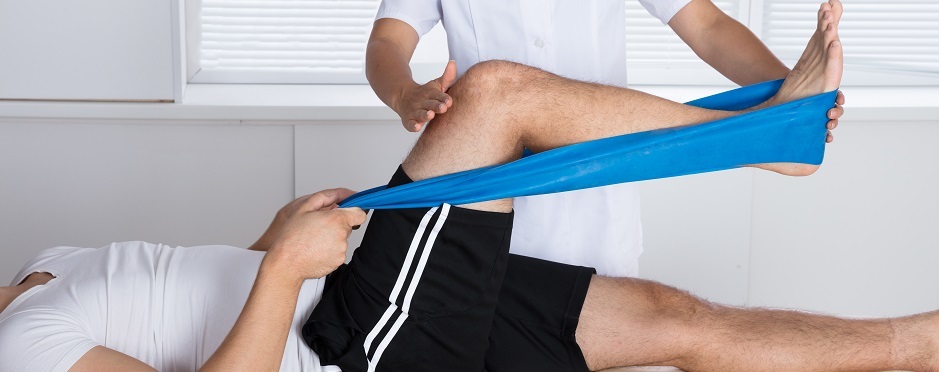
5 Misconceptions About Physical Therapy
1 CommentPhysical therapy originated in the late 1800s/early 1900s and has grown over the decades. There are various misconceptions about present-day physical therapy and what it is versus what it isn’t. Let’s take a look at five common misconceptions about physical therapy and reveal the truth about this valuable medical profession.
1. Physical Therapy Hurts.
The goals of physical therapy are to reduce pain, improve mobility, improve strength and improve overall function. Physical therapists work hard to understand your pain and appropriately progress your rehabilitation program. Physical therapy can also help you learn more about pain, why it occurs and how you can work to eliminate it.
2. I Need A Referral To Go To Physical Therapy.
All 50 states in the US have some form of direct access law. Direct access means you can be seen by a physical therapist without a referral from another medical provider first. Direct access laws vary from state to state and are based on insurance coverage. We encourage all patients to verify their insurance coverage and need for a referral before initiating physical therapy.
3. Physical Therapy Is The Same As Personal Training.
Physical therapists go through extensive schooling and a competency examination to be licensed by their state to practice physical therapy. Attending and completing a doctorate in physical therapy is now required to become a physical therapist. These programs include classroom instruction as well as clinical affiliations to develop necessary physical therapy skills. Physical therapists must regularly renew their license, which requires completing a set number of continuing education credits.
4. Physical Therapists Give Massages.
Following a thorough physical therapy evaluation, your physical therapist will establish a recommended course of care to help you reach your goals. Treatment plans often include exercise, functional activities, and hands-on intervention. Soft tissue mobilization and trigger point release are types of skilled hands-on therapy often perceived as massage. An effective care plan often incorporates multiple types of intervention specific to each patient and does not utilize one intervention alone.
5. Physical Therapy Can’t Help Me If I’ve Been In Pain For A Long Time.
Physical therapy can help individuals with new pain or pain that has been bothering them for a long time. A recent study demonstrated a significant improvement in pain symptoms for individuals with chronic low back pain that persisted for more than 12 weeks.2 Whether you started experiencing pain today or 20 years ago, physical therapy can help.
If you’re ready to start physical therapy, the experts at Athletico can help. Get started today with a free, 30-minute assessment by a licensed physical therapist. Free Assessments are available in-clinic and virtually through our Telehealth platform.
Physical therapy is usually the thing you are told to do after medication, x-rays or surgery. The best way to fix your pain is to start where you normally finish – with physical therapy at Athletico.
The Athletico blog is an educational resource written by Athletico employees. Athletico bloggers are licensed professionals who abide by the code of ethics outlined by their respective professional associations. The content published in blog posts represents the opinion of the individual author based on their expertise and experience. The content provided in this blog is for informational purposes only, does not constitute medical advice and should not be relied on for making personal health decisions.
References:
1. Shaik AR, Shemjaz AM. The rise of physical therapy. A history in footsteps. Arch Med Health Sci 2014; 2:257-60
2. Şahin N, Karahan AY, Albayrak İ. Effectiveness of physical therapy and exercise on pain and functional status in patients with chronic low back pain: a randomized controlled trial. Turk J Phys Med Rehabil. 2017;64(1):52-58. Published 2017 Aug 9. doi:10.5606/tftrd.2018.1238

1 Comment
John Carston
I like how you mentioned that a therapist can help with improvements of the pain. My cousin mentioned to me last night that she is hoping to find a treatment to relieve her back pain and asked if I have any idea what is the best option to do if she is not comfortable going outside. Thanks to this informative article and I’ll be sure to tell her that she can consult a well-known physical therapist as they can answer all her inquiries and will provide proper treatment.